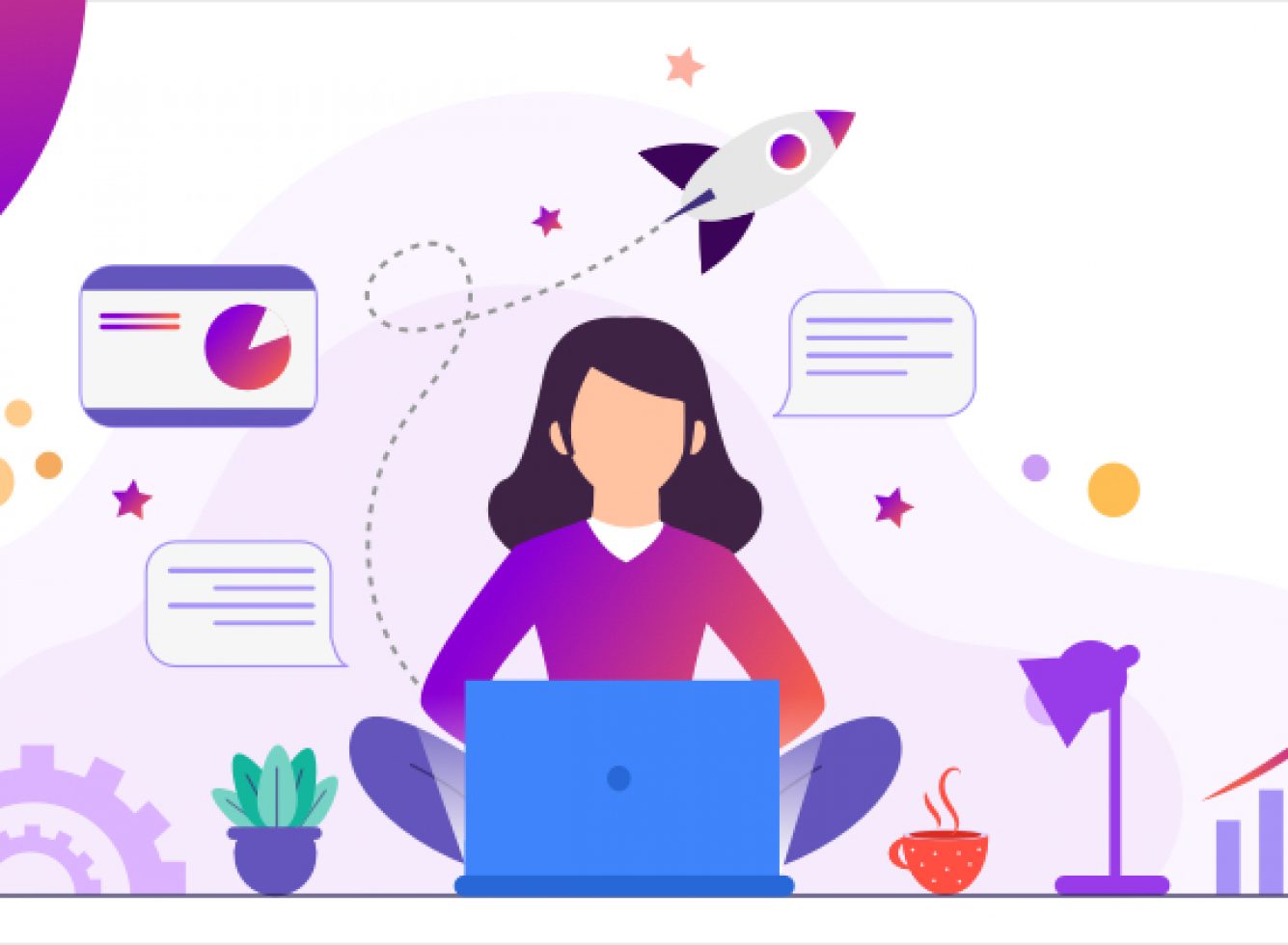Craft the Website Experience Your Business Needs

From the moment a prospective customer clicks the link to your website, the experience they have – covering everything from the loading time of the site to navigating simply and finding the information they need – will govern whether they spend money with you or not. That’s why it’s best to work with a web design agency which boasts the technical skill to deliver the best website experience and a clear understanding of how design choices will impact on users.
There are countless websites out there, so your page must stand out in a way which prompts an emotional reaction in the user. It also has to represent the ethos of your business, which is another way of saying that the website has to have a ‘personality’ that matches yours.
Whether you offer high end exclusivity, quirky individualism or cheap and cheerful value, the look and feel of your website should reflect it. This means utilising text, layout, graphics and interactivity to create a unified user experience. It also means working with the latest digital trends, so that users enjoy the same level of experience they’ve come to expect elsewhere online. The following tips will help you to deliver the best website experience for your users:
Get to Know Your Audience
Make sure that you have a full understanding of your audience. Only by understanding the kind of users who will be visiting your site will you be able to design a user experience which appeals to them. Try to build up a full picture of the kind of sites which your audience likes to visit, and analyse them for tips on design, style and usability.
Another useful move involves looking at the websites your competitors are using, as they may have already market tested the features, style, and colour pallet your audience will respond positively to. Once the website is up and running it pays to gather audience feedback. The design should never be considered ‘finished’ since it can always be tweaked to make the user experience even better.
Stick to simplicity
A new user to your website will decide in a fraction of a second whether they wish to explore further. For that reason, the website design has to make it clear how the user can find what they need quickly and simply.
Visual focus should fall on the main buttons, and you need to avoid the temptation to crowd the landing page with too much functionality. The homepage, being the first thing most visitors will see, should answer key questions such as what your business delivers, and what users can do via your website. Although you can provide more information elsewhere, the homepage itself shouldn’t feature very much text, as this will clutter the visual style.
Consider the visual hierarchy
Decide which the most important items of the user interface are, and then use the visual hierarchy to bring them to the attention of the user. In many cases, this will be a ‘Click Here’ button leading to a sales page, and the phrase ‘visual hierarchy’ refers to the technique of making the important part of the page the most visually striking. Often, this will involve something as simple as making the most important aspect of the page larger than any other. Alternatively, you could use a contrast in the colour scheme to make an individual aspect of the website ‘pop’ in the eyes of the user.
Practical matters
Although it is easy to spend a lot of time pondering matters of taste, style and design, the user experience of any visitor actually hinges on a wide range of practical issues. These include the following:
- The content should be useful, it should be original and should fulfil a need for the user in a way which is instinctive and easy to navigate
- The site itself should be easy to find for anyone looking for a specific service or product
- The design elements should encourage a specific emotional response, whether that is excitement, reassurance or curiosity
- The content the user is looking for should be easy to find both off and on the website itself
- The content also needs to be designed and presented in such a way that it is fully accessible to people with a wide range of disabilities
- The design of the website should present information in such a way as to make it appear completely credible and trustworthy
- At every stage of a user’s journey through the website, it should be completely clear exactly where they are with reference to the rest of the site
- Make sure that the first time a visitor arrives at your site they can achieve the tasks they need to achieve. This may be finding information, filling a shopping basket or searching for a location, but it should be apparent from looking over the home page exactly how this can be achieved
Colour and typography
Colour and typography are the visual building blocks of your website. Explore the options available to you fully before coming to a decision. Mixing too many typefaces would be a mistake, as this will clutter the visual style of the website and cause confusion for the user. For larger blocks of text a simple, easy to read font is the most useful choice, whereas headlines, titles and stand-out statements might catch the eye more if they use a more visually dynamic font.
When it comes to selecting a colour scheme, there are tools which can be used to help compare and contrast colours in order to see which work together. Choose a specific colour palette – i.e. rich warm tones or cool clear colours – and stick to that throughout the site. This will generate a sense of consistency as well as delivering coherent branding and a pleasant and relaxing user experience.
Think of online giants such as Facebook, Amazon and Twitter and a narrow range of colours will come to mind, and that’s the kind of focused impact you’re looking for.
Products and services
What are your products and services and why are they better than the competition? These are the questions your website has to answer, and every user should get those answers from looking at the home page. The presentation of those products needs to be professional, so that they are showcased in the best possible light. No matter how well designed the rest of your site is, poor product presentation will mean users are reluctant to make a purchase with you.
Responsiveness is more than just an option
The days when a website would only be accessed via a laptop or desktop computer are long gone. Your site now has to cater to users with a range of devices from smartphones and tablets to smart TVs. This means that the website you design has to work equally well and be just as simple to navigate on every type of device. There are two reasons for this – the first is that visitors to a site which doesn’t work on their device will leave the page extremely quickly, and the second is that Google rankings now penalise those sites which aren’t fully responsive.
Integrate design and development
Even the most advanced website will begin life as a series of sketches on paper, where choices on layout, colour scheme and visual hierarchy will first be made. This design will then be passed to the developer, for them to turn the ideas into a working reality. The two skill-sets are different, and need to work closely together in order to create a unified and coherent website. The designer should be working with the developer rather than simply passing the design on to be interpreted, and the same principle applies in reverse.
When looking for a supplier to help with your website design and development assess the quality of both their design and development and how together they support an amazing user experience.
Don’t forget marketing
The best website in the world won’t help your business unless enough people get to see it. That’s why it’s vital to work with a web design company which also has a strong background in digital marketing. Aspects such as Search Engine Optimisation and Search Engine Marketing are highly specialised fields which, if used correctly, can pull in the audience your newly designed website needs.
The same is true of social media marketing, and having all of these aspects in the hands of a single agency saves time and money and guarantees a consistent and unified approach.
It has to be remembered that these are just general principles, and the best website experience for your business will be different from that of other businesses. That’s why it pays to work with an agency like Vsourz. We have expertise in every aspect of website design and the skills needed to create a truly bespoke solution that suits you, your business and, most importantly, the website users.






